Put the spark back into your (collaborative) relationship
A lack of trust can cause a lot of heartache in life. But it is equally damaging if you are working collaboratively too. Here’s what George Dellal has to say about how to build stronger and more productive relationships.
Across health and care, organisations are being encouraged, cajoled and forced to work together to design and deliver services. There is no shortage of guidance on how to govern these new collaborations, but few organisations realise what it means for their leaders and teams, or what skills they need to collaborate effectively. This is leading to considerable distance between noble policy ambitions and how they are playing out in current practice.
Collaboration across organisations and systems doesn’t just happen with the wave of a legislative or regulatory wand. It is the result of changes to behaviours, approaches and styles from people understandably used to working within hierarchical command and control structures. Much like most skills, whilst it might come more naturally to some, collaborative skills are improved and honed by deliberate practice.
Building collaborative capacity
Research agrees that improving collaboration is, at its core, about improving relationships and trust. But these specific aspects of collaboration are given too little attention.
At Kaleidoscope, we refer to an organisation’s collective ability to collaborate as its collaborative capacity. By helping individuals be thoughtful about collaborating and supporting them to develop; organisations can increase their collaborative capacity and increase the quantity and effectiveness of their partnerships, leading to better outcomes for the populations they serve.
There are several useful models to help organisations, teams and individuals increase their collaborative capacity. At Kaleidoscope we have drawn upon our collective experience and research to create a set of eight characteristics which high-performing collaborations share. We use these characteristics to help organisations identify where the issues lie and structure their development accordingly.
Affective trust can be increased by improving how we listen and empathise, it might involve starting meetings with check-ins or getting better at having courageous conversations.
Embedding trust
Stephen Covey observed in his book ‘The Speed of Trust’ that “Trust is equal parts competence and character… You can look at any leadership failure, and it’s always a failure of one or the other.”
Indeed, in order to be deliberate and thoughtful about how to build trust, it is helpful to think about how we can increase both cognitive (which relates to competence) and affective (which relates to character) trust. Cognitive trust is about how confident a person feels about a person’s technical ability to do the job whilst affective trust depends on feelings of care, concern and empathy for one another.
Both can be increased with thought and effort but through different means. Cognitive trust might, for example, be increased by setting and committing to realistic goals and establishing clear boundaries. Affective trust can be increased by improving how we listen and empathise, it might involve starting meetings with check-ins or getting better at having courageous conversations.
Establishing and maintaining strong relationships
I was recently listening to a senior NHS operations leader reflect on her leadership journey. She noted that when she was first starting out in NHS management she struggled to understand why her boss spent so much time having coffee with people. After a few years, as she herself progressed into increasingly senior roles, she realised that what her boss was doing wasn’t simply having coffee, but rather building relationships and increasing her ability to make change happen. She now ensures she prioritises this activity.
Organisations must recognise the importance of relationship building, and train and empower staff accordingly.
Relationships take time and effort to be developed and maintained. It’s very simple in theory, but in our current context how many of us manage to protect time to connect with colleagues when there is no immediate or pressing agenda to discuss?
Organisations must recognise the importance of relationship building, and train and empower staff accordingly. Culturally people should be encouraged to get to know each other as people, and appreciate what their goals are. Not simply because it’s nice, but because that connection will strengthen how you work and communicate with each other too.
NHS and social care organisations are going to be increasingly encouraged to collaborate with more and more partners. Good collaboration is about creating value, we love to help organisations realise the benefits, sharing learning and improving the way services are delivered. Whether you are working across multiple organisations to improve outcomes or sharing lessons to improve service delivery, we can help you collaborate more effectively.
